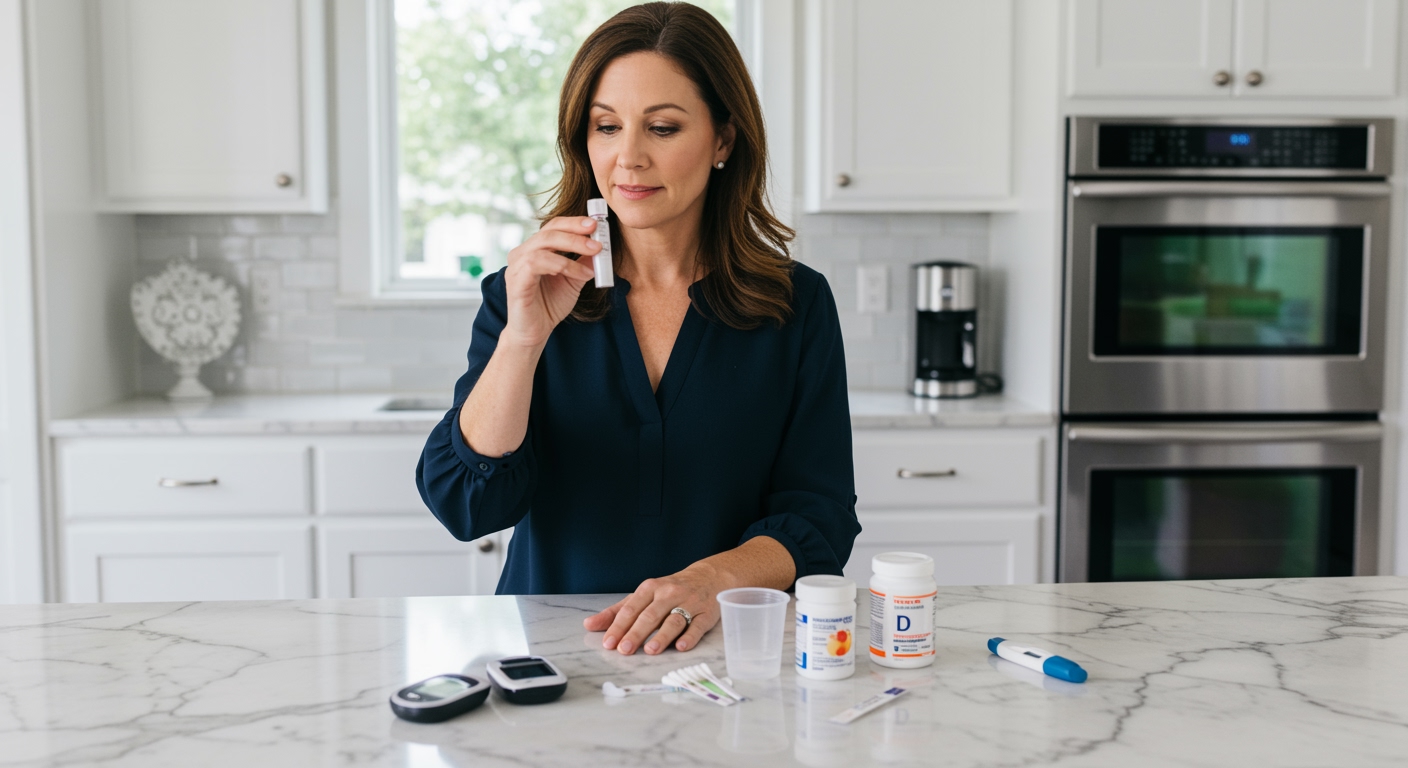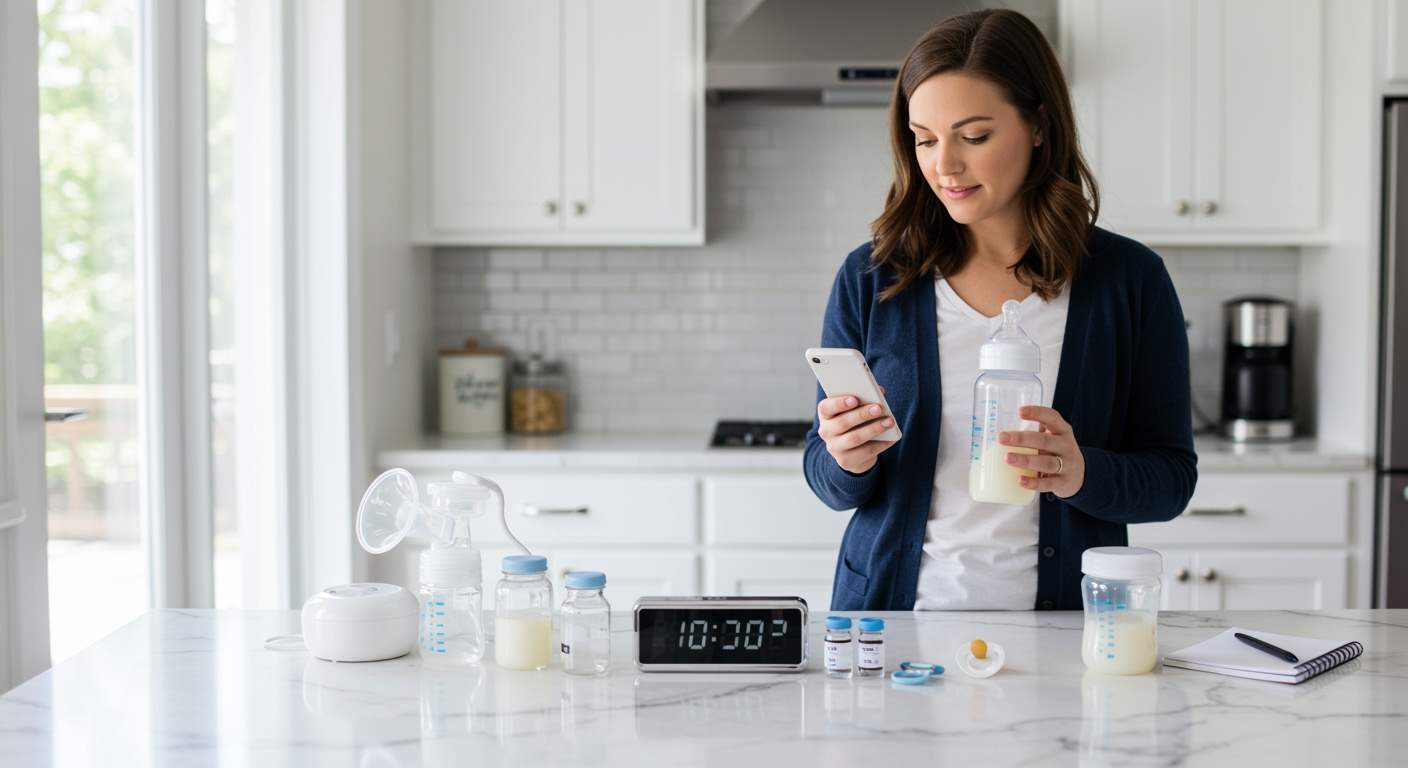✪ Key Highlight: Scientists discover saliva and tears can accurately replace blood tests for diabetes and vitamin D monitoring.
Introduction
Millions of people with diabetes face the daily struggle of painful blood tests.
Now scientists have discovered that saliva and tears can provide the same accurate health information as traditional blood draws, potentially revolutionizing how we monitor chronic diseases.
Hi, I’m Abdur, your nutrition coach and today I’m going to analyze this groundbreaking research that could eliminate painful needle pricks for diabetes and vitamin D testing.
What Did Scientists Actually Discover?
Researchers published their findings in the journal Physiologia, focusing specifically on people with type 2 diabetes.
The study revealed that glucose levels in tears matched blood glucose levels with remarkable accuracy.
Dr. José Tomás Egaña, the lead researcher, explained that vitamin D status could be reliably measured through saliva samples.
This discovery means people could potentially test their health markers at home without any medical training or painful procedures.
The research team tested these methods on patients with type 2 diabetes, a condition affecting nearly 400 million people worldwide.
Type 2 diabetes occurs when your body cannot use insulin effectively or produces insufficient amounts, causing blood sugar levels to rise dangerously.
✪ Fact: Tears contain glucose that changes in direct proportion to blood glucose levels throughout the day.
Why Does This Matter For Diabetes Management?
People with diabetes currently need multiple blood tests daily to monitor their glucose levels safely.
Each blood test requires pricking the finger with a sharp lancet, which causes pain and creates small wounds.
Many patients develop finger calluses and experience anxiety about the constant pain associated with testing.
Tear glucose testing could eliminate this daily discomfort while providing the same accurate information doctors need.
The research showed that tear glucose levels change whether someone has eaten recently or not, making it reliable for continuous monitoring.
This breakthrough could dramatically improve quality of life for people managing diabetes long-term.
✪ Pro Tip: Current blood glucose testing requires multiple daily finger pricks that many patients find psychologically challenging.
How Could Saliva Testing Change Vitamin D Monitoring?
Vitamin D deficiency affects billions of people worldwide but often goes undiagnosed because testing requires blood draws.
This fat-soluble vitamin exists in two main forms: D2 from food sources and D3 produced when skin is exposed to sunlight.
Your body needs adequate vitamin D to absorb calcium properly, maintain bone strength, and support muscle and nerve function.
Vitamin D also plays crucial roles in reducing inflammation, supporting immune system function, and helping your body process glucose effectively.
When vitamin D levels drop too low, people face increased risks of heart disease, autoimmune conditions, diabetes, metabolic syndrome, and frequent infections.
Saliva testing could make vitamin D monitoring as simple as spitting into a cup, encouraging more people to check their levels regularly.
✪ Note: Vitamin D deficiency increases diabetes risk, making easy testing methods especially valuable for prevention.
What Other Research Supports These Findings?
Additional studies published in Applied Physiology, Nutrition, and Metabolism found that saliva insulin levels could predict type 2 diabetes risk.
Dr. Jonathan Little from the University of British Columbia explained that detecting high insulin levels before blood glucose rises could identify at-risk people much earlier.
This early detection would allow for lifestyle interventions and treatments before diabetes fully develops.
Other research identified specific markers in saliva, like 1,5-anhydroglucitol, that strongly correlate with blood sugar levels.
These markers could help screen for diabetes more efficiently, though they require sensitive equipment because saliva concentrations are much lower than blood.
Multiple independent studies have confirmed that tear glucose measurement can reliably detect high blood sugar in both fasting and fed states.
✪ Fact: Saliva contains measurable amounts of insulin that rise before blood glucose levels become abnormal.
What Are The Current Limitations?
While these findings show tremendous promise, experts emphasize that more research is needed before replacing blood tests entirely.
The current studies involved relatively small numbers of participants, so larger trials must confirm accuracy across diverse populations.
Saliva and tear testing requires extremely sensitive laboratory equipment because the concentrations are much lower than in blood.
This sensitivity requirement could make the tests more expensive initially and limit availability in some healthcare settings.
Researchers need to establish standardized collection methods and reference ranges for different age groups and health conditions.
Blood tests remain the gold standard for now, but the future could bring significant changes in how we monitor chronic diseases.
✪ Note: Current saliva and tear testing methods need specialized equipment that may not be widely available yet.
The Bottom Line
This research represents a major breakthrough that could transform how millions of people manage diabetes and vitamin D deficiency.
Pain-free testing is not just convenient, it removes the biggest barrier preventing people from monitoring their health consistently.
I would love to hear your thoughts about this development and whether you would prefer saliva or tear testing over traditional blood draws – please share your questions or experiences in the comments below.
References
At NutritionCrown, we use quality and credible sources to ensure our content is accurate and trustworthy. Below are the sources referenced in creating this article:
- News Medical: Can saliva and tears replace blood tests for vitamin D and glucose
- Pharmacy Times: Non-invasive saliva tests could offer early clues for diabetes and obesity risk
- PMC: Saliva as a diagnostic tool for diabetes and prediabetes
- PMC: Tear glucose measurement for diabetes monitoring
- News Medical: Could vitamin D be the missing link in managing type 2 diabetes





